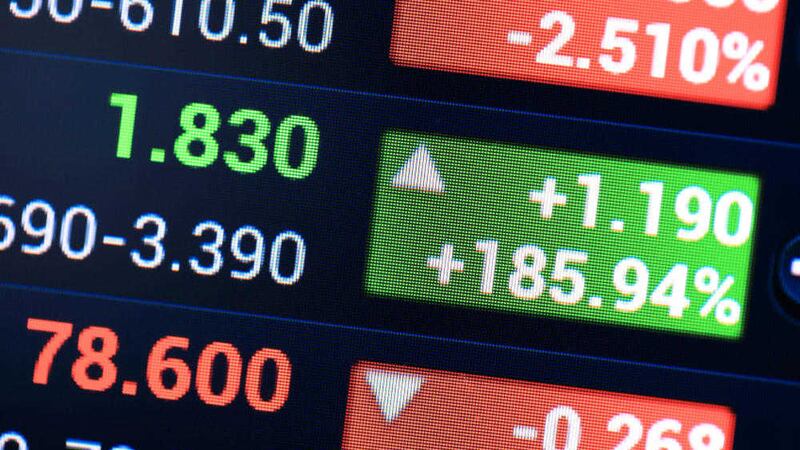AS the dust slowly continues to settle, there is much uncertainty in the markets and indeed in the economy.
So far markets have been remarkably sanguine and everything is seemingly stable, but appearances can be deceptive. We are still seeing relatively good indications of major economic statistics such as growth (as measured by gross domestic product): 0.6 per cent in the second quarter of the year, which on the surface looks reasonable.
However, look a little deeper and it seems that this was mostly driven by activity in April – long before the referendum. As statistics are by necessity historic, we have yet to see the real impact of the vote to leave the EU, but there are indications from recent surveys, which make for grim reading.
We have seen a sharp drop in activity and investment in all sectors since the referendum, indicating that the vote has had a significant near-term impact. This will inevitably feed through to growth in the UK economy and has led to significant downgrades in growth forecasts; some are even predicting a fall into recession again.
There are clearly steps being taken to try and avert this. The quarter point cut in the base rate last week was an attempt to stimulate the economy, as was the significant amount of money being pumped into the economy via quantitative easing.
There is certainly comfort that the Bank of England is actively attempting to minimise the damaging impact of the uncertainty engendered by the vote to leave. However, we do appear to be in limbo: uncertainty seems likely to persist until Article 50 is triggered and we do not have a clear picture as to when this might be.
What we have seen is a significant fall in sterling particularly against the US dollar, which helps exporters as our goods are relatively cheaper, but on the downside it does mean imports are more expensive and this is likely to lead to an increase in inflationary pressures. Inflation forecasts have risen, although for the moment they remain relatively manageable.
To date the equity market appears to have shrugged off the uncertainty following June 23. The FTSE 100 is once again moving up and indeed it has risen substantially since June 24 when the result became known.
It opened at 6338 on that Friday, moving down to 5788 and closing at 6139. It opened this week at 6793, a rise of well over 10 per cent since then. Much of this rise is attributable to the largest global giants, which derive a significant proportion of their revenue in dollars (energy, tobacco, healthcare) and have therefore benefited from a fall in sterling.
Many of these stocks have now moved to a notable valuation premium to the rest of the market. Questions about earnings persist, however, as does the ability of many of these companies to sustain dividends which are not always covered by earnings.
The simple fact is that there are limited choices for savers now in terms of income. With interest rates having been cut again, it is getting harder to find a decent yield: hence the support from the legendary “wall of money” at present.
Equally the gilt market is seeing yields at new historic lows, but they are likely to remain at these levels while quantitative easing persists.
:: Cathy Dixon is a director at the Belfast office of Cunningham Coates Stockbrokers, which is a trading name of Smith & Williamson Investment Management (SWIM)







